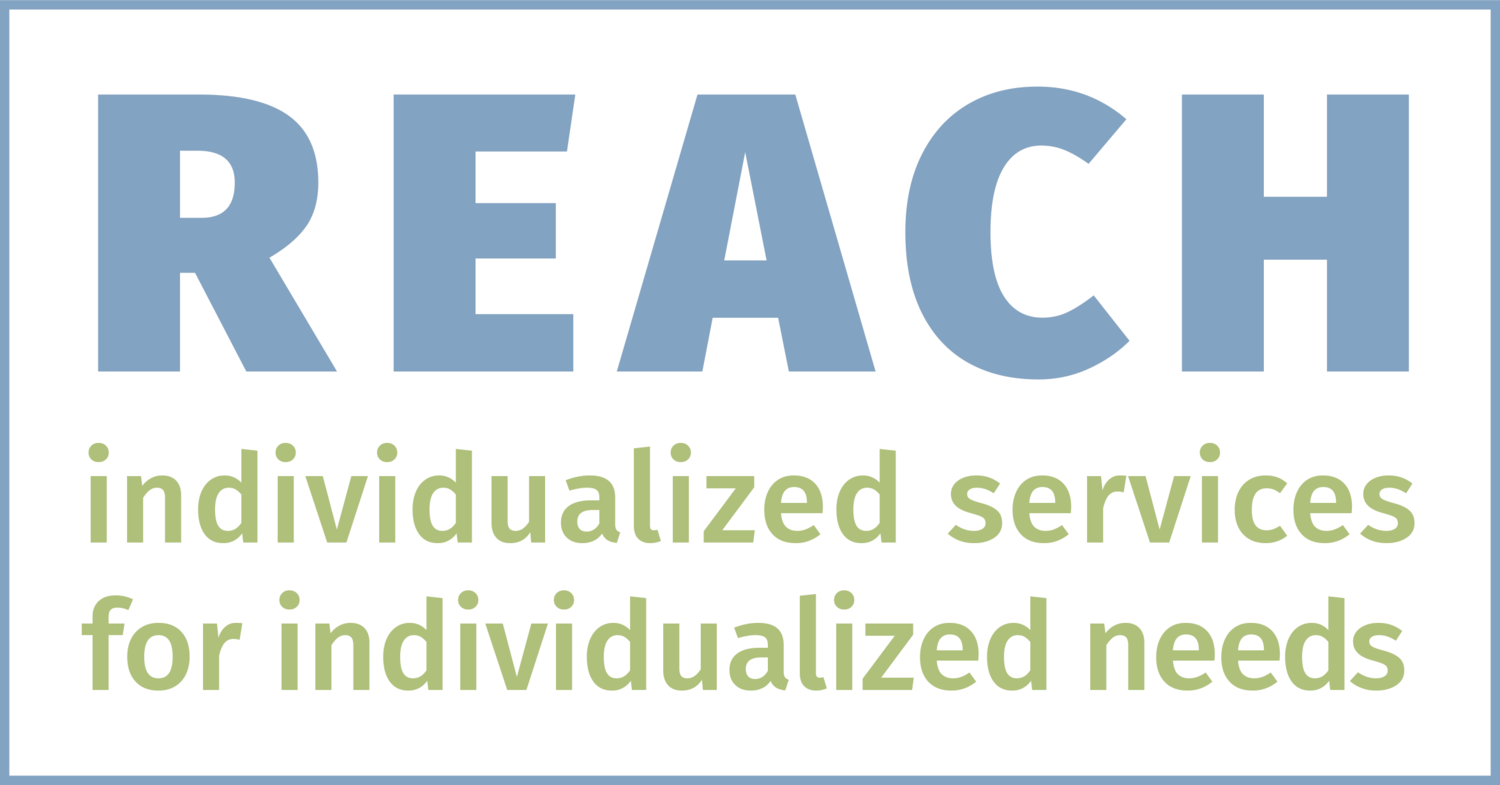EEK A Change Is Coming!
It’s the end of the school year, and there are a lot of transitions happening right around the corner. There is sometimes a sense of duality in transitions. They can cause us to feel many different ways - sometimes excitement, sometimes nervousness, sometimes sadness. Our kids may feel similar to us, or they may feel differently. All emotions are ok. Having multiple and sometimes conflicting emotions is ok. It can be tough to hold space for your own feelings and your kids at the same time.
Whatever the case may be, it's totally normal to share these emotions with our kids and to have our own set of mixed emotions, too.
If having mixed emotions, let’s consider why transitions can be so tough. Transitions = change. Change can be hard! It can create many different types of stress responses. This stress can be healthy, support motivation, or it can be overwhelming.
Role of Parents in Supporting Your Child with Dual Emotions
Before we dive in, know that it's also totally normal if you feel something different than your child. A child may struggle and swing from one emotion to another.
Your role as a parent is to be steady and hold space. Mirror back the emotions you see.
“I know this transition is hard, part of you wants to go, and part of you wants to stay. That is completely normal. I am here for you.”
“I see that you are struggling with deciding to go to camp or to stay home. It’s normal to have both of those feelings at the same time. Let’s talk about why you want to go and why you want to stay?”
Role of Adults with Dual Emotions
What happens when you are the adult and experiencing dual emotions? Model for your child and be explicit and clear with your language.
It might sound something like...
“I feel excited for you to have this new experience. I also feel sad that you are leaving because I love you, and I am going to miss you.”
The key is to state that you are responsible for managing your emotions.
“This is normal and okay to have these emotions, but these are MY emotions to manage.”
Don't be afraid to embrace the complex and sometimes competing emotions associated with transitions. When we embrace, model, and discuss the multiple ways we may feel when something changes, we help our kids build the emotional tools to manage the multiple changes that will come throughout their lives. When they are older, they will know that feeling more than one way during a transition is normal. It will help them walk through changes in their lives with an acceptance that these emotions are part of the process and not a sign that change should to ignored or avoided.
Look for Part 2 coming in a couple of weeks that focuses on some tips to support your child in managing transitions.
